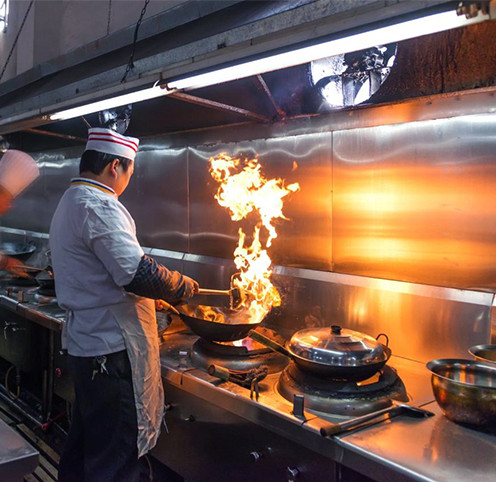The dilemma of choosing the right professional oven
A professional kitchen may benefit from having not one but a few different types of professional ovens. What are these types and how should one make the right choice? There is no single answer, as selecting a suitable oven will depend on the size and the capacity of the kitchen, the specific cooking requirements and the menu. Let’s start at the beginning.
Should it be an electric or a gas oven?
This is the most complex dilemma when choosing an oven. Gas ovens are economical, but electric ovens have other benefits. When choosing an oven according to its power supply, it is best to consider the following points:
- The operating cost of a gas oven will be lower.
- However, gas ovens are less safe to use, so one must be cautious – an unexpected shutdown of the oven can lead to a gas leakage, except for the models that have built-in protection.
- Gas ovens will provide instant heat, while heating dishes on an electric oven may take a little longer, except in the case of an induction cooker.
- Electric ovens are always safer than gas ovens.
- The safest and the most effective option is the induction cooker, yet these are not very popular due to a higher price.
- The installation of a gas oven requires the help of a specialist, in order to ensure the oven is safe and reliable.
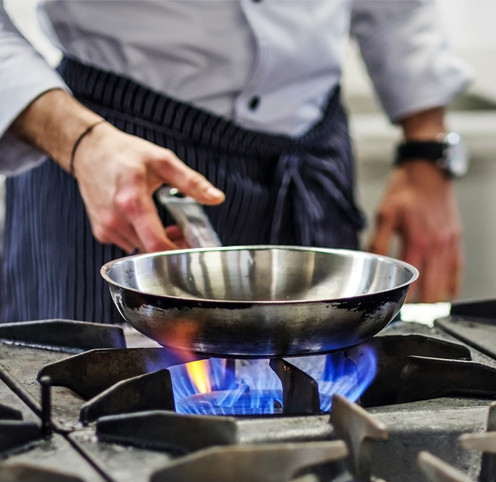
The choice of the oven will also depend on the specific work habits in each restaurant. For a Chinese restaurant, a gas oven should be chosen, preferably one that has a cooker that accommodates cooking with a wok dish. In a pizzeria, electric ovens will work just fine, because the main dishes are prepared in special furnaces and ovens are only used for soups, sauces and other side dishes. A restaurant that is famous for grilled dishes will need to invest in an electric or a gas grill. A lot depends on the dishes being prepared, so it is always wise to consult a specialist before choosing a professional oven.
Types of ovens
The are 4 types of professional ovens:
1. Gas ovens. Gas ovens are heated by natural or liquefied gas. They need a gas supply or a gas cylinder to operate.
2. Electric ovens. Powerful electric ovens are suitable for cooking any type of food.
3. Induction cookers. The induction principle is quite simple – a magnetic field is generated by a relatively weak electric current, which reacts with steel vessels and causes them to heat up. Only the area in contact with the electric field is heated, so the induction cooker is completely safe and efficient.
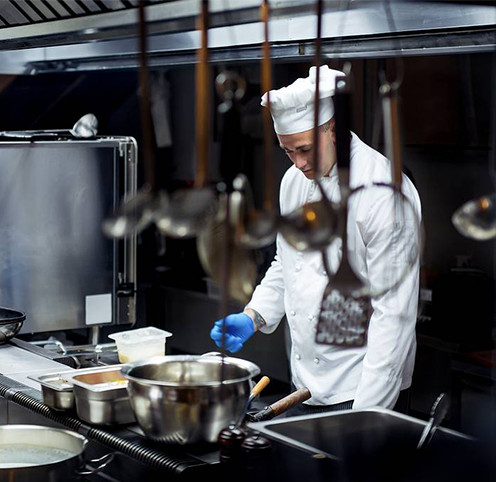
4. Wok cookers. These special electric, gas or induction cookers will accommodate cooking with special woks (recessed dishes) and are used to prepare Chinese food.
Grills could be described as another category of cooker, category but they are not as popular and are only used to prepare certain dishes.
Shapes of ovens
Ovens come in 4 different shapes. This makes it easier to adapt the equipment to the existing or planned kitchen space.
1. Ovens and cookers for flat surfaces These relatively small ovens and cookers can be placed on top of countertops. Just put it in place, plug it in and the cooker is ready to use. Need more space? Move the cooker somewhere else and carry on with your cooking. It is a very easy and practical option.
2. Boiling ranges with stands. This type of boiling range is mounted on a stand that includes four legs and a shelf. The shelf is meant to hold all types of cooking dishes, but rarely food items (depending on the hygiene norms, such products may not be placed on the shelves).
3. Cookers with an oven or a cupboard. This type of hob comes with an oven already installed under it or a cupboard for storing dishes.
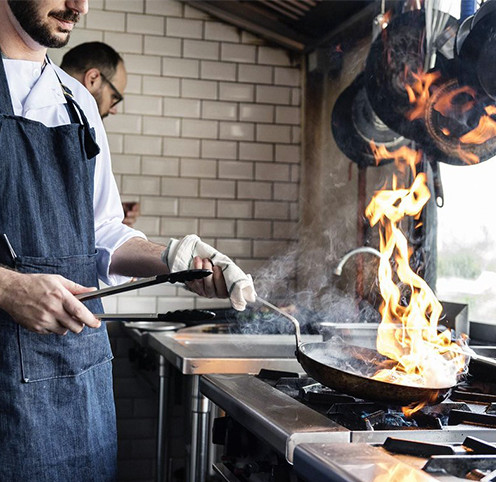
4. Ovens. 1-3 ovens can be mounted on a single frame. Such a device does not have a cooker, only an oven (which may be gas or electric). Ovens can also be placed on a surface, or can come with an integrated stand or cupboard.
Cookers can also be categorised according to the type of cooking surface. There are four usual type of cookers:
1. Open cookers. Depending on the size, these will feature 1, 2, 4 or 6 hot plates. In either a gas or an electric oven, the hot plates are placed within a convenient distance of each other so that larger cooking dishes will fit.
2. Boiling tops. This type of cooker does not have open hot plates; instead, the heating elements (gas or electric) are hidden under a solid steel plane. These cookers are great for making pancakes, eggs, soups and sauces.
3. Combined cookers with open hot plates and a boiling top. This large cooker may have 4 hot plates and one solid plane. Such a universal solution is great for a kitchen that is all about saving space.
4. Glass-ceramic cookers. This is a special type of cooker that is usually installed in a home. The electric cookers are hidden under a transparent glass-ceramic plane.
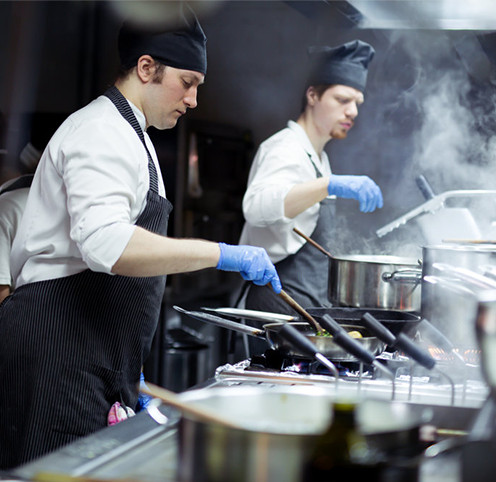
The cookers are durable and are made of high quality stainless steel, so they remain stable. They come in standard heights to effortlessly fit any kitchen setting.
However, it is important to know that three-phase electric cookers, just like a gas ovens, must be installed by a qualified professional. That will ensure the safety of your staff and your premises.
Before purchasing a professional oven, a specialist consultation will give you the advice you need to determine which model is most suitable for your cooking capacity, work requirements and budget. Our goal is always to help you save money.
